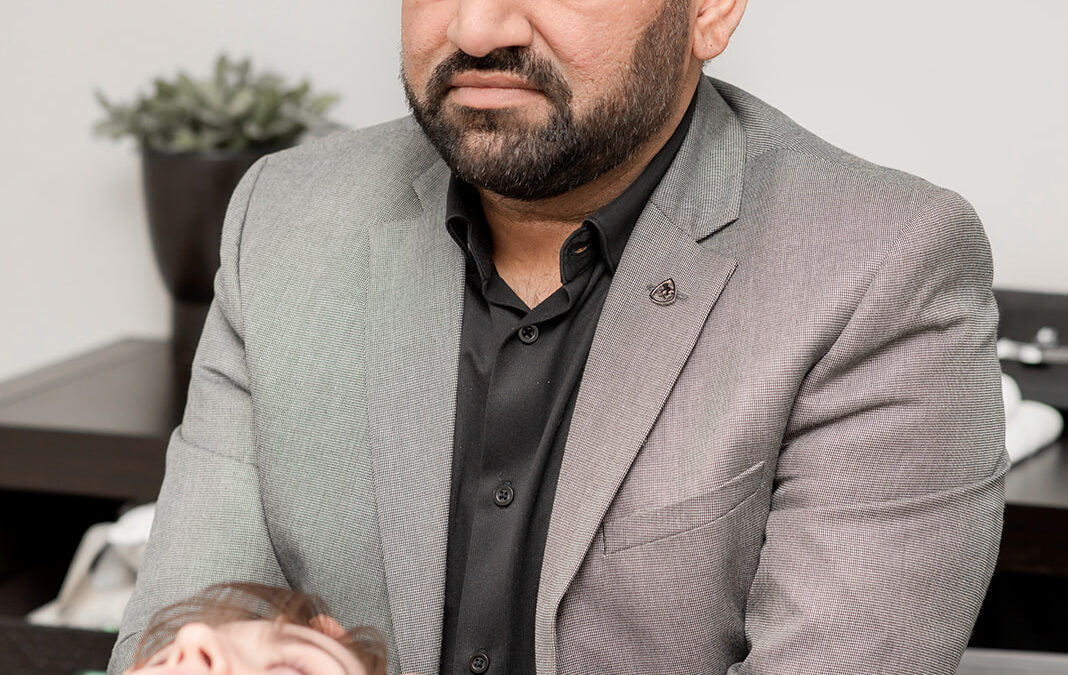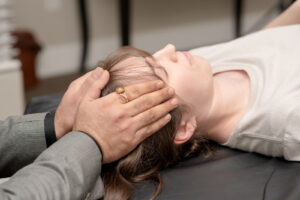Migraine sufferers know the drill all too well – pounding headache, sensitivity to light, and the overwhelming desire to retreat to a dark, quiet room. But what if there were a gentle, non-invasive therapy poised to complement your pain management routine? Enter Cranial Sacral Therapy (CST) – a subtle yet powerful treatment with promising results for those plagued by this disabling condition.
How Does Cranial Sacral Therapy Work?
Cranial Sacral Therapy (CST) is a holistic healing practice that uses light-touch, non-invasive techniques to support the harmony of your body’s natural rhythms. The logic behind CST is fascinating. The therapy focuses on reducing compression in key body structures, bringing a sense of release that can often seem immediate. Imagine the relief as the built-up stress and pain caused by your migraines begin to melt away under the expert touch of your therapist, like ice surrendering to the warmth of the sun.
Data is key. Though anecdotal testimonies support the effectiveness of CST, scientific studies are contributing to a growing body of evidence on its benefits. For instance, a clinical trial assessing CST for migraine treatment has revealed a remarkable safety profile and strong indications of efficacy, renewing hope for headache-specific quality-of-life improvement without the side effects common to pharmaceutical interventions.
What Happens During a Cranial Sacral Therapy Session?
Our trained professionals engage in gentle manipulations, listening to your body’s subtle rhythms. With each motion, your practitioner works to normalize the flow of cerebrospinal fluid, aiming to enhance your body’s natural healing capabilities. Understanding what occurs during a CST session can help set the stage for a tranquil and potentially transformational experience.
Check-In at Reception
When you book a session for cranial sacral therapy, peace of mind begins the moment you step into our serene environment. Your session starts when you arrive, and calm, professional staff greet you. Here, you can unwind from the outside world and shift your focus inward to your healing experience.
Transition to the Treatment Room
You’ll be led to a treatment room with soft lighting and a serene environment designed to trigger relaxation. This tranquil space will serve as your healing sanctuary, where the bustle of everyday life starts to dissipate. Focused on achieving ‘Stronger, Braver, and Better’ outcomes, our practitioners stand ready to restore balance within your body.
The Treatment Room
You’ll stay fully clothed during the session, so it’s best to wear loose, comfortable clothing. This allows you to lie down on the treatment table without restriction, giving a deeper sense of relaxation.
Typically, you’ll lie on your back on a softly padded treatment table, poised to begin the therapeutic process. The therapist ensures you are comfortable, perhaps providing additional support with pillows or blankets if necessary.
Cranial Sacral Therapy: Gentle ‘Listening’ Through Touch
The heart of a Cranial Sacral Therapy session is when the practitioner lightly places their hands upon you. They may start at your head, neck, or back, ‘listening’ to your body’s rhythms and searching for disruptions in your craniosacral rhythm. This form of palpation and intuition guides the session and is followed by gentle movements to balance the flow of cerebrospinal fluids.
Clients often report sensations of deep relaxation and tranquility during their CST sessions, akin to the calm after a storm. Stress, a known trigger for migraines, dissipates, paving the way for better sleep, improved mood, and enhanced overall well-being.
Duration of the Session
Most CST sessions last around 45 minutes, though the clinic can adjust this duration based on the practitioner’s recommendations and your individual needs.
The Healing Experience of Cranial Sacral Therapy
As the therapist’s gentle touch guides the session, many people report deep relaxation akin to meditative tranquility. Muscle tension loosens, pain decreases, and you may become acutely aware of bodily sensations, ranging from warmth and tingling to a rhythmic pulsing.
The CST protocol honours the body’s thresholds. The practitioner ensures each session is calibrated to individual needs. While side effects are rare, they take the utmost care, particularly with those with contraindications such as bleeding disorders or recent traumatic injuries.
Potential Emotional Release
It’s not unusual to have an emotional response during or after Craniosacral Therapy. You might experience a spectrum of feelings – such as relief, joy, or an unexplained sense of grief – as the treatment releases emotional blockages, allowing for cathartic healing.
The Subtle After-effects of Cranial Sacral Therapy
At the end of your Cranial Sacral Therapy session, you may feel light and balanced, having started a process of healing that resonates at the very core of your being. Sometimes, you may not feel the effects at once. In these cases, the body often subtly and gradually processes the therapeutic intervention. Changes can unfold in the hours or days following a session.
Conclusion
Whether you’re looking to alleviate migraines, reduce stress, or explore the profound layers of holistic therapy, a Craniosacral Therapy session could be a calming and curative experience. Remember, each person’s body responds uniquely to CST, and it may take multiple sessions to feel the full benefits.
The key to CST is openness. Everyone’s experience is individual, and the path of healing is as personal as the rhythm in your craniosacral system.
If you are ready to try this gentle, non-invasive form of bodywork, book a free consultation with Gagandeep Watts and take the first step to physical and emotional harmony through Cranial Sacral Therapy.
Written by: DeVera Nybo, MBA, Owner of Newleaf Total Wellness Centre




